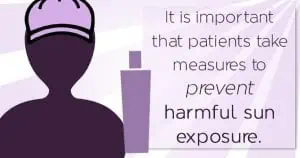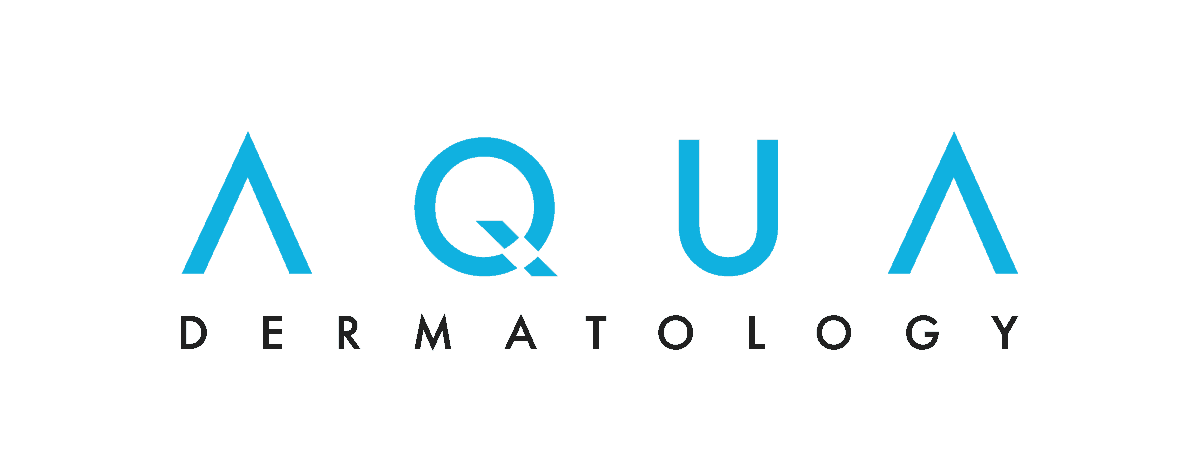
Skin cancer is a prevalent problem in the United States, with an estimated one in five Americans developing the condition over the course of their lifetime. Typically caused by a combination of UV exposure, risk factors, and genetic predisposition, skin cancer is not only life-threatening, but can also result in a number of troubling side effects, including a weakened immune system and candida infections in the lungs, liver, and skin.
For this reason, it is important that patients take measures to prevent harmful sun exposure, stay informed of their risk factors, and schedule regular appointments with dermatology and skin cancer specialists at a local dermatologist clinic. This is especially important for people who have more than 50 moles, large moles, or atypical moles, as these conditions can substantially increase one’s risk of developing melanoma and needing treatment for skin cancer. This article aims to answer many questions people with these moles, or atypical nevi, may have, including how to identify a cancerous mole and when you may need to undergo a dysplastic nevus removal. Read on to learn about this common risk factor.
Moles
Moles are a common physical feature that are either present at birth or appear during childhood. By adulthood, most people will have anywhere from ten to 40 moles, also called nevi, above the waist on areas exposed to the sun. They are typically smaller than 5 mm, have defined edges, and can be pink, tan or brown. New moles can develop over time due to sun exposure, but it is important to regularly check all of these marks for physical changes, as pain or a difference in appearance can be a sign of cancer.
Atypical Moles
In contrast, a mole with unusual characteristics is called a dysplastic nevus. These nevi may be bigger, have an uneven shape, mixed colors, or an irregular border. Like normal moles, these are typically found in areas that receive a lot of sun exposure, but can also develop in areas that are not exposed to the sun and below the waist. People with a high number of typical moles often have several dysplastic nevi mixed in. Having a high number of these nevi is part of a condition called dysplastic nevus syndrome, which has an even higher likelihood of developing melanoma.
Having dysplastic nevi can be nerve-wracking, as the moles often naturally resemble skin cancer. However, while a person’s chances of developing melanoma and other skin cancers increases with the number of dysplastic nevi they have, these moles often remain stable as long as the person protects their skin, eschews tanning, and performs a self-exam at least once a month. If a change is noticed in a mole’s texture, appearance, or sensation, the patient should make an appointment with their dermatologist immediately. Some patients may wonder if they can undergo a dysplastic nevus removal to avoid these measures; however, because new moles and patches can form on the skin, this is often pointless and expensive. Instead, a dysplastic nevus removal is typically reserved for the process of identifying and treating skin cancer.
Having an increased risk of skin cancer can be a frightening prospect. However, by taking the proper steps, you can help protect yourself from the condition, even if you have common or atypical moles. How do you protect yourself from skin cancer?





